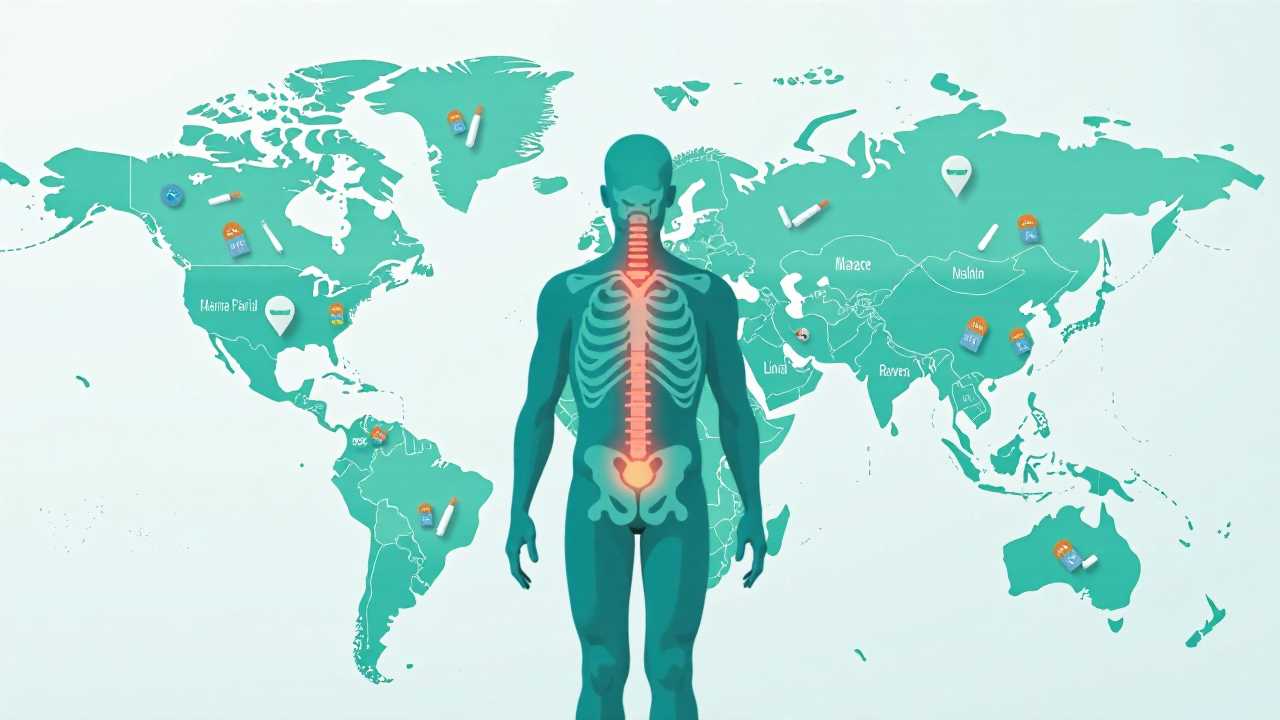
Understanding Chronic Pain Management
Chronic pain affects millions of individuals worldwide, significantly impacting their quality of life. Chronic Pain Management is a multifaceted approach designed to alleviate pain and improve functionality. This comprehensive strategy includes various methods such as Pain Relief, Rehabilitation, Pharmacotherapy, Alternative Therapies, Patient Education, and Interventional Procedures. By integrating these elements, we can create a tailored plan that addresses the unique needs of each patient.
The Role of Pain Relief in Chronic Pain Management
Effective Pain Relief is the cornerstone of managing chronic pain. It encompasses a range of strategies, including medications, physical therapy, and lifestyle modifications. Nonsteroidal anti-inflammatory drugs (NSAIDs) and opioids are commonly prescribed for pain relief. However, it is vital to approach pharmacological treatments with caution due to potential side effects and the risk of dependency.
Physical therapy plays a crucial role in pain relief by promoting mobility and strength. Tailored exercise programs can help patients regain function and reduce pain levels. Additionally, lifestyle changes such as maintaining a healthy diet, engaging in regular physical activity, and practicing stress management techniques can significantly contribute to pain relief.
Rehabilitation: A Path to Recovery
Rehabilitation is an integral part of chronic pain management, focusing on restoring function and improving the overall quality of life. A multidisciplinary rehabilitation program may include physical therapy, occupational therapy, and psychological support.
Physical therapy aims to enhance physical capabilities through targeted exercises and modalities. Occupational therapy helps individuals adapt to daily activities, ensuring they can perform tasks with minimal discomfort. Psychological support, including cognitive-behavioral therapy, addresses the emotional aspects of chronic pain, helping patients develop coping strategies and resilience.
Pharmacotherapy: Balancing Benefits and Risks
Pharmacotherapy involves the use of medications to manage chronic pain effectively. While medications can provide significant relief, it is essential to balance their benefits with potential risks. Common classes of medications used in chronic pain management include:
- Nonsteroidal Anti-Inflammatory Drugs (NSAIDs): These medications reduce inflammation and alleviate pain.
- Opioids: Powerful pain relievers that can be effective for severe pain but carry a risk of addiction and side effects.
- Antidepressants and Anticonvulsants: These medications can help manage neuropathic pain and improve mood.
- Topical Analgesics: Creams and patches applied directly to the skin can provide localized pain relief.
A thorough assessment by a healthcare professional is necessary to determine the most appropriate pharmacotherapy plan for each patient, considering their medical history and specific pain conditions.
Alternative Therapies: Complementing Traditional Approaches
In recent years, Alternative Therapies have gained popularity as complementary approaches to chronic pain management. These therapies can enhance traditional treatments and provide additional relief. Some effective alternative therapies include:
- Acupuncture: This ancient practice involves inserting thin needles into specific points on the body to alleviate pain and promote healing.
- Chiropractic Care: Chiropractors focus on spinal alignment and musculoskeletal health, which can help relieve pain and improve function.
- Massage Therapy: Therapeutic massage can reduce muscle tension, improve circulation, and promote relaxation, contributing to pain relief.
- Mindfulness and Meditation: These practices can help individuals manage stress and improve their overall well-being, which may positively impact pain levels.
Integrating alternative therapies into a comprehensive pain management plan can provide patients with a holistic approach to their care.
Patient Education: Empowering Individuals in Their Pain Management Journey
Patient Education is a vital component of chronic pain management. Educating patients about their condition, treatment options, and self-management strategies empowers them to take an active role in their care. Knowledge about pain mechanisms, available therapies, and lifestyle modifications can help patients make informed decisions and adhere to their treatment plans.
Workshops, support groups, and educational materials can enhance patient understanding and foster a sense of community among individuals facing similar challenges. Encouraging open communication between patients and healthcare providers is essential for addressing concerns and tailoring treatment plans effectively.
Interventional Procedures: Targeted Solutions for Chronic Pain
Interventional Procedures offer targeted solutions for chronic pain management, particularly for patients who do not respond to conservative treatments. These procedures may include:
- Nerve Blocks: Injections that target specific nerves to interrupt pain signals.
- Epidural Steroid Injections: Administered into the epidural space to reduce inflammation and alleviate pain.
- Radiofrequency Ablation: A technique that uses heat to disrupt nerve function, providing long-term pain relief.
- Spinal Cord Stimulation: A device implanted to deliver electrical impulses to the spinal cord, altering pain perception.
These procedures can be effective in managing chronic pain, but they require careful consideration and consultation with a pain management specialist.
A Holistic Approach to Chronic Pain Management
Mastering Chronic Pain Management involves a comprehensive approach that integrates Pain Relief, Rehabilitation, Pharmacotherapy, Alternative Therapies, Patient Education, and Interventional Procedures. By tailoring treatment plans to individual needs and fostering collaboration between patients and healthcare providers, we can enhance the quality of life for those living with chronic pain. Emphasizing a holistic approach ensures that patients receive the support and resources necessary to navigate their pain management journey successfully.
 Business & FinanceHealth & MedicineTechnologyLifestyle & CultureScience & EnvironmentWorld NewsPrivacy PolicyTerms And Conditions
Business & FinanceHealth & MedicineTechnologyLifestyle & CultureScience & EnvironmentWorld NewsPrivacy PolicyTerms And Conditions
